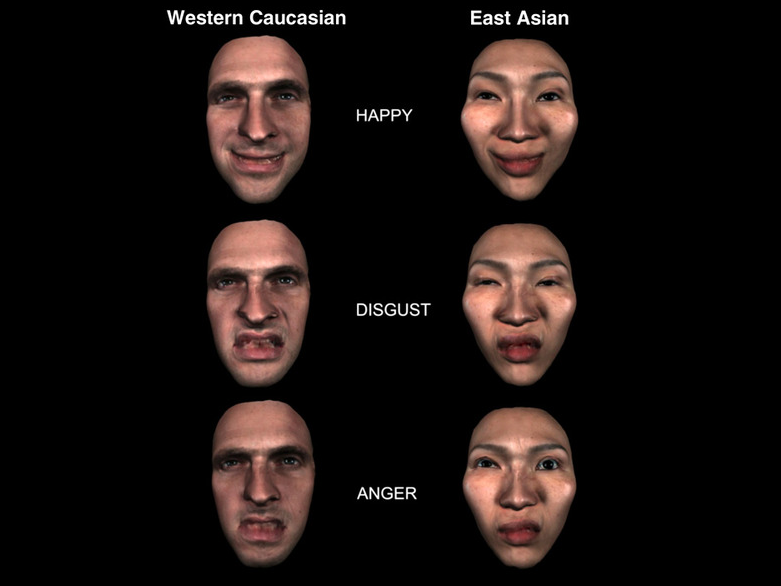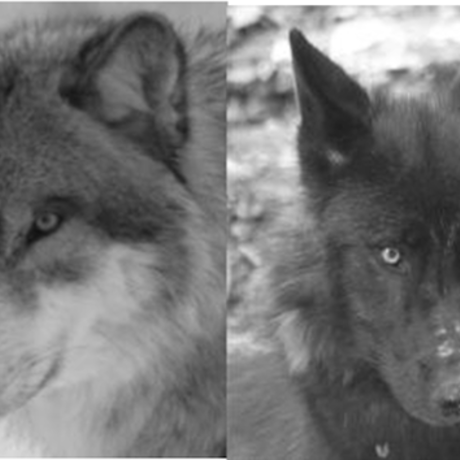We're open daily! View holiday hours
Science News
More Facial Expressions
April 18, 2012

Three years ago, we produced a Science in Action video on facial expressions. Local researcher David Matsumoto, of San Francisco State University, took images of blind and sighted athletes winning and losing and concluded that facial expressions are something we are born with.
But are those facial expressions universal across cultures? Rachael Jack of the University of Glasgow says no. Jack published her findings this week in the Proceedings of the National Academies of Sciences.
Charles Darwin explored the topic in his 1872 book The Expression of the Emotions in Man and Animals, noting that people from different cultures express the same state of mind by the same facial movements. But Darwin based his theory on Western European subjects, and that raised questions for Jack, according to Science NOW.
But what if non-Western cultures have different basic emotions that underlie their expressions? Those expressions may be similar to those of Westerners, but with subtle differences that have gone undetected because no one has looked.
Using a unique, sophisticated computer graphics platform, Jack and her colleagues created the first-ever modeling of four-dimensional mental representations of six basic facial expressions in two cultures.
The team then selected fifteen Western Caucasian and fifteen East Asian subjects to view 4,800 animated 3D images of faces exhibiting randomly generated facial movements.
The results showed that while Westerners represent each of the six basic emotions with a distinct set of facial movements common to the group, Easterners do not. Furthermore, East Asians represent emotional intensity with distinctive dynamic eye activity whereas Westerners use other face features.
“Our results show that facial expressions of emotion are culture specific, refuting the notion that human emotion is universally represented by the same set of six distinct facial expressions,” Jack says.
“So while expressions of fear and disgust originally served as an adaptive function in early humans, facial expression signals have since evolved and diversified to serve the primary role of emotion communication during social interaction.
“Our data highlights the powerful influence of culture on shaping basic behaviors once considered biologically hardwired.”
Image: Jack et al, PNAS


